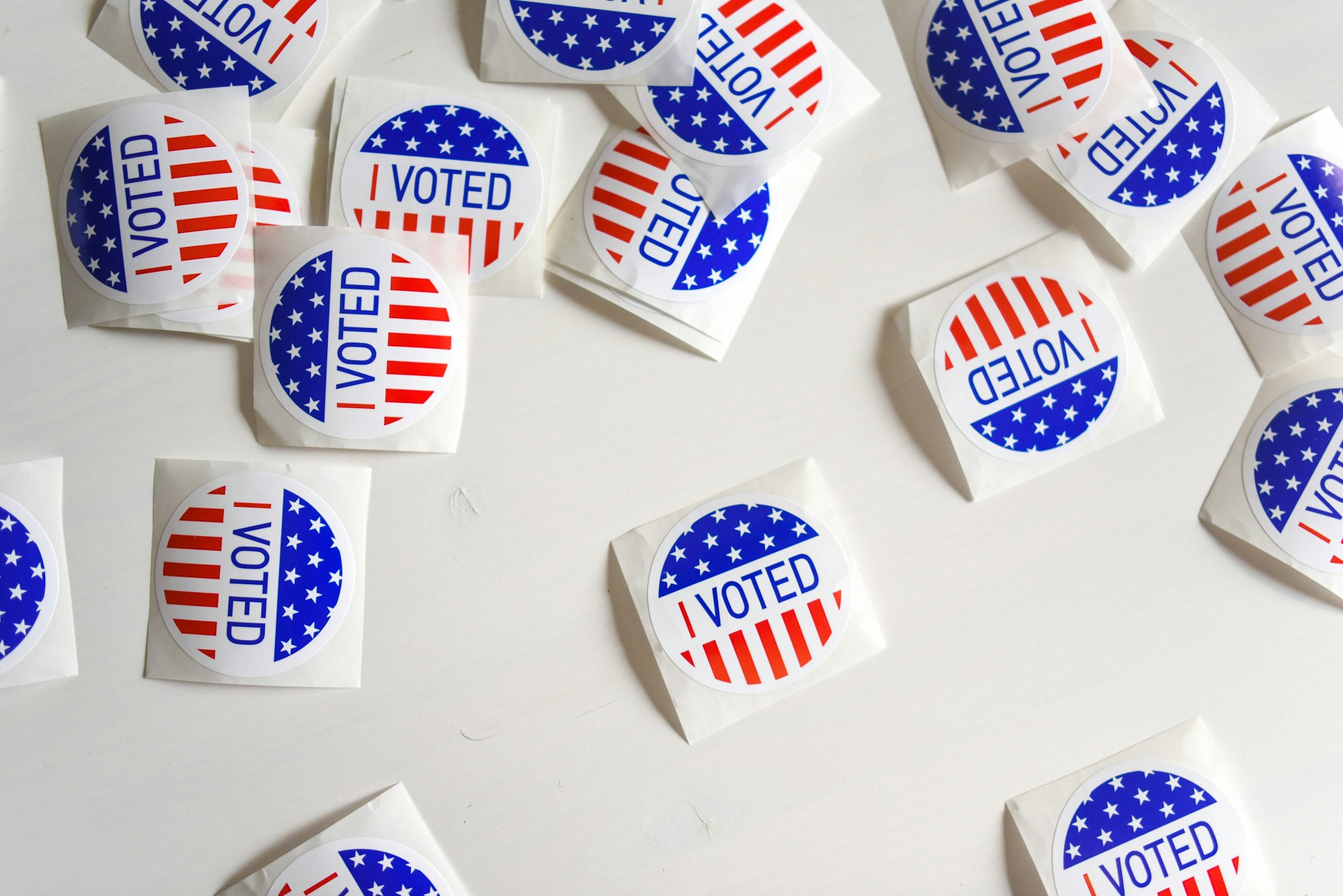Simplified: Voters will decide on a number of statewide races – including a constitutional amendment – during the June 7 primary. Here's a quick look at what you need to know and how to find what's on your ballot.
Why it matters
- Primary elections historically have lower turnout than general elections.
- But it's also the first chance voters have to choose who represents them both in Pierre and in Washington D.C.
- And, this is the only time Amendment C – explained more later on – will be on the ballot, so if that's an issue you care about, Tuesday's election is your only chance to weigh in.
What's on the ballot?
It depends both on where you live and how you're registered to vote.
- Where you live determines which legislative district you're a part of, which in turn determines which candidates you get to choose from.
- How you're registered (i.e. your party affiliation) determines what's on your ballot.
Republicans in the state will get a chance to choose their party's nominee for U.S. Senate and U.S. House as well as their nominee for South Dakota's governor.
- There are also a number of state House and Senate races in which Republicans will need to narrow the field ahead of the November general election.
Democrats, independents and third-party voters will have far fewer choices to make.
To find what's on your ballot
You'll want to go to the South Dakota Secretary of State website and use the "Voter Information Portal."
- Type in your first and last name, and either your birth date or zip code, and you'll be able to see a sample ballot before you get to the ballot box.
- That'll also tell you where to vote on Election Day.
Why does party affiliation make a difference here?
The ballots between Republicans and other parties look very different because of the rules each party has when it comes to primaries.
Republicans in South Dakota have what's called a "closed primary," which means only registered Republicans can vote for Republican candidates.
Democrats in the state have a slightly different approach by allowing independents and third party voters – in addition to registered Democrats – to also vote in those races.
- Because not many districts in the Sioux Falls area (District 11 being the exception) have a Democratic run-off in the primary, most Democratic and third-party voters will only have one item on the ballot: Amendment C.
So, what's Amendment C?
It's a measure that would raise the threshold of votes needed to pass future proposed amendments, initiated measures or referred measures when those measures have the potential to include a tax increase.
A yes vote changes the state constitution and requires 60 percent of voters to pass.
A no vote keeps the constitution as-is, in which voters can pass initiated measures, amendments and referred measures by a simple majority.
If you really want to dig deep into this one, Jonathan Ellis with the Argus Leader has some great coverage here.
What else do I need to know?
Election Day is Tuesday, June 7. The polls are open 7 a.m. to 7 p.m.


